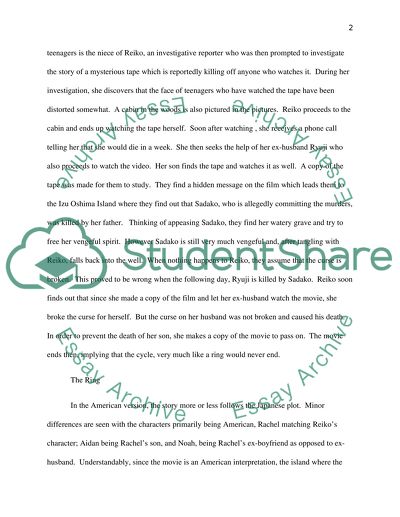Cite this document
(“Developing a better understanding of film-making and remakes Essay”, n.d.)
Developing a better understanding of film-making and remakes Essay. Retrieved from https://studentshare.org/visual-arts-film-studies/1401156-case-study-essay-of-particular-set-or-series-of
Developing a better understanding of film-making and remakes Essay. Retrieved from https://studentshare.org/visual-arts-film-studies/1401156-case-study-essay-of-particular-set-or-series-of
(Developing a Better Understanding of Film-Making and Remakes Essay)
Developing a Better Understanding of Film-Making and Remakes Essay. https://studentshare.org/visual-arts-film-studies/1401156-case-study-essay-of-particular-set-or-series-of.
Developing a Better Understanding of Film-Making and Remakes Essay. https://studentshare.org/visual-arts-film-studies/1401156-case-study-essay-of-particular-set-or-series-of.
“Developing a Better Understanding of Film-Making and Remakes Essay”, n.d. https://studentshare.org/visual-arts-film-studies/1401156-case-study-essay-of-particular-set-or-series-of.


